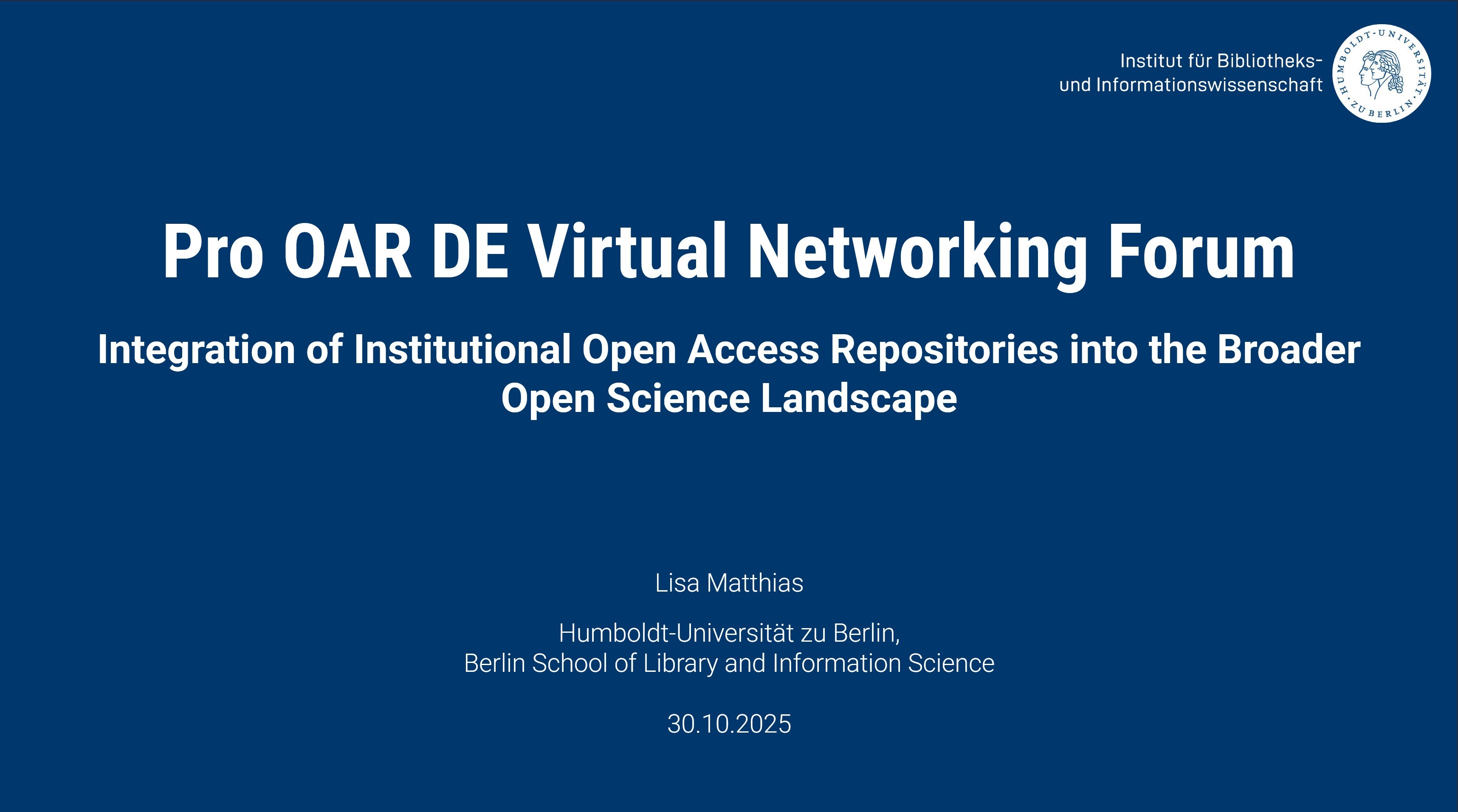Appalachian Figure From Appalachian boyhood to Denver rings and Hollywood lots If you know Richard “Fighting Dick” Gilbert at all, you probably know him as the burly cop or henchman in Laurel and Hardy and Our Gang shorts, forever being tripped, drenched, or humiliated for a laugh. For decades he was part of the Hal Roach stock company, the dependable heavy in the background of other people’s jokes.
Messages de Rogue Scholar
It has been 18 (!) years since Crossref last deprecated a metadata schema. In that time, we’ve released numerous schema versions, some major updates, and some interim releases that never saw wide adoption. Now, with 27 different schemas to support, we believe it’s time to streamline and move forward.

Today I had a weird problem. Our BuddyPress activity stream comments were just not working. When you clicked the reply icon, then typed a response and pressed “post”, it simply grayed out and never succeeded. I could see, in the logs, that there was a 403 Forbidden error being thrown.

The Pro OAR DE project, running from September 2023 to August 2026, has dedicated the past two years to collaborating with German Open Access (OA) repository managers and and the global Open Science community to professionalize repository infrastructure. On October 30th, 2025, following a series of six networking forums, we hosted a pivotal session marking the culmination of these efforts.
Appalachian Figures On a Monday morning in May 1919, a Knox County lawyer who had grown up on Big Richland Creek took the oath as Kentucky’s thirty ninth governor. The Louisville Courier Journal marked the moment with the headline “Black Becomes 41st Governor” and reminded readers that James Dixon Black’s promotion came not by election but by succession when Governor Augustus O. Stanley departed for the United States Senate.
Appalachian Figure On the ridges around Oakland, Maryland, road cuts slice through layer after layer of sandstone and shale. For most drivers they are just brown walls along the highway. For Daniel E. Wonderly, a kid from Mountain Lake Park who grew up to be a biologist and Bible teacher, those layers were what he later called God’s “time records” in stone.
Appalachian Figures When historians tell the story of the Food and Drug Administration, the main characters are usually big city reformers, New Deal politicians, and Washington lawyers. Missing from that picture is an Appalachian attorney from Knox County, Kentucky, who quietly helped build the regulatory state that still watches over our food and medicine.
Appalachian Figures “A Native of Strunk, Kentucky” On 30 October 1944 a young private from McCreary County held off wave after wave of elite German troops near the French village of Saint Jacques. For more than five hours he fired a single light machine gun, refusing to withdraw even when his company was nearly destroyed and his own ammunition was gone.
Appalachian Figures A Kentucky Birth, A Texas Legacy On paper, William Pitt Ballinger belongs to Texas history. His name is on a West Texas town, in railroad casebooks, in studies of Confederate law and Reconstruction politics. Yet his story begins far up the Cumberland River, in the small Appalachian courthouse town of Barbourville, Kentucky.
Appalachian Figures Barbourville Roots and a Family of Mountain Republicans James Stephen Golden was born on September 20, 1891, in Barbourville, the small river town that serves as the seat of Knox County in southeastern Kentucky. By the time he arrived, Barbourville was already a crossroads of regional politics, education, and law.

Abandoned Appalachia If you grew up in Perry County in the 1980s or 1990s, it is hard to imagine Highway 15 without Fugate’s Entertainment Center. For a generation of mountain kids, the castle-front cinema, the boat-shaped water park, the roller rink, and the Bowl-A-Rama were where you spent birthday parties, youth-group trips, first dates, and long summer afternoons. By 2016 that world was already gone.